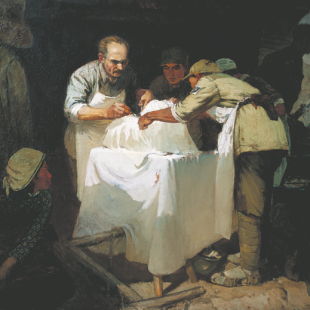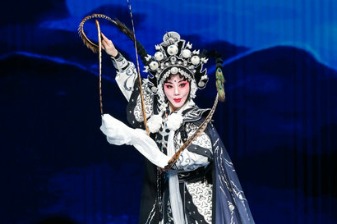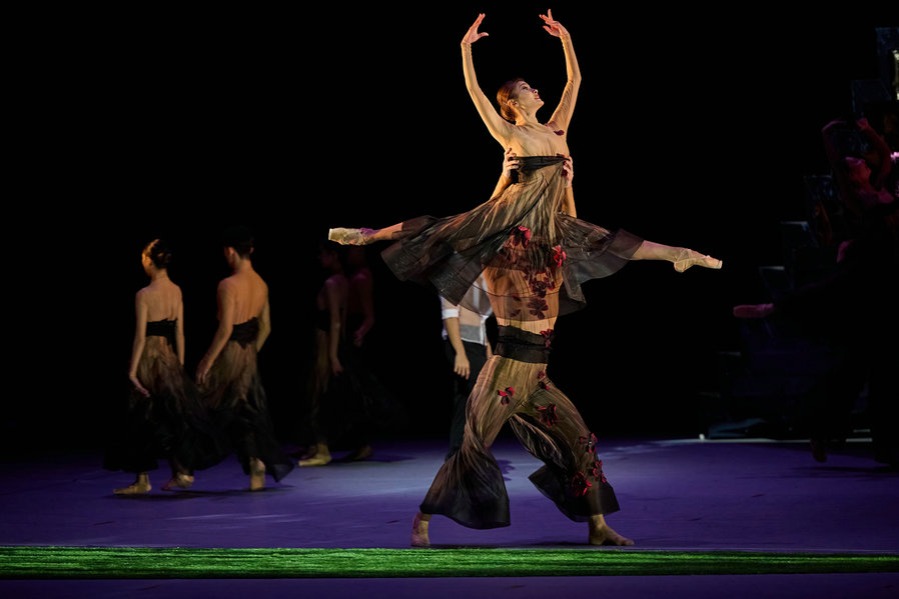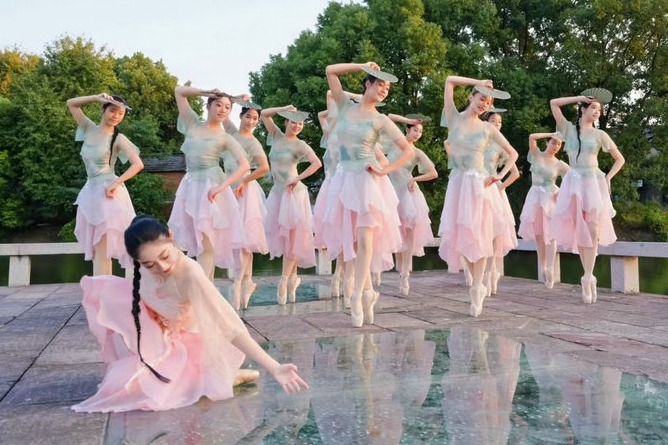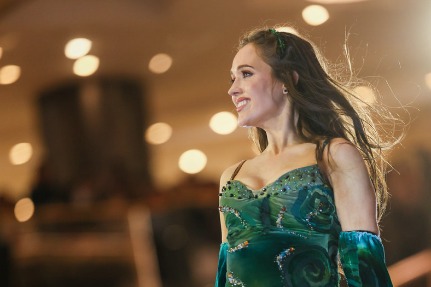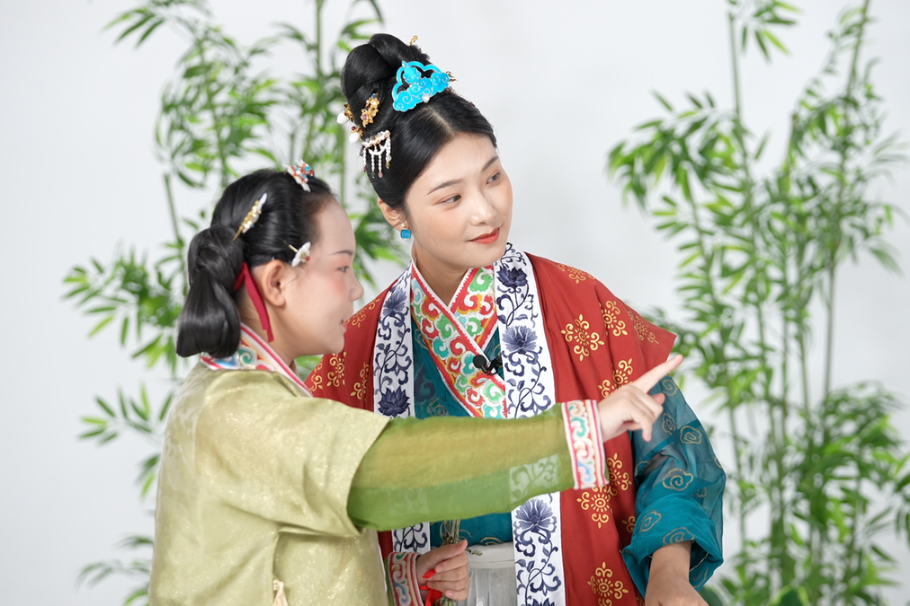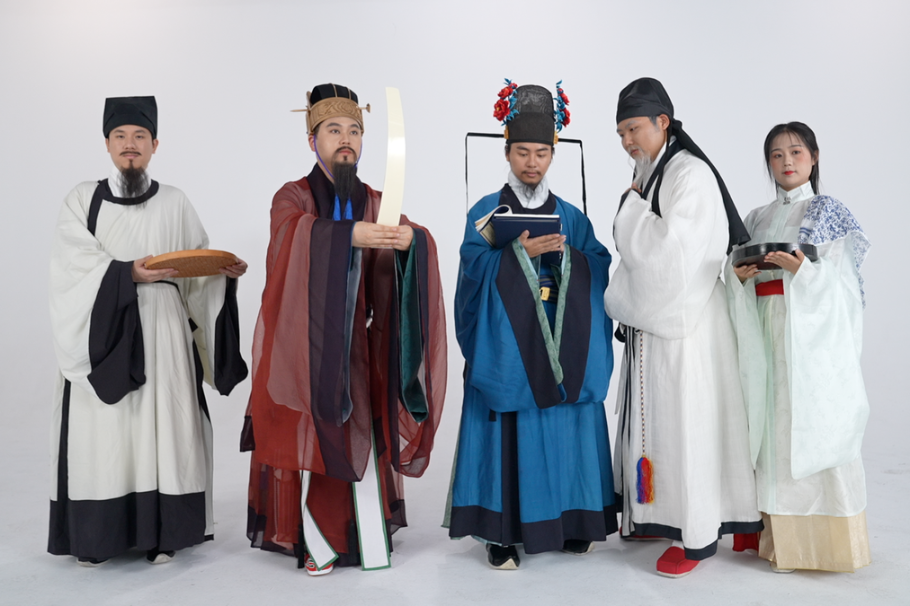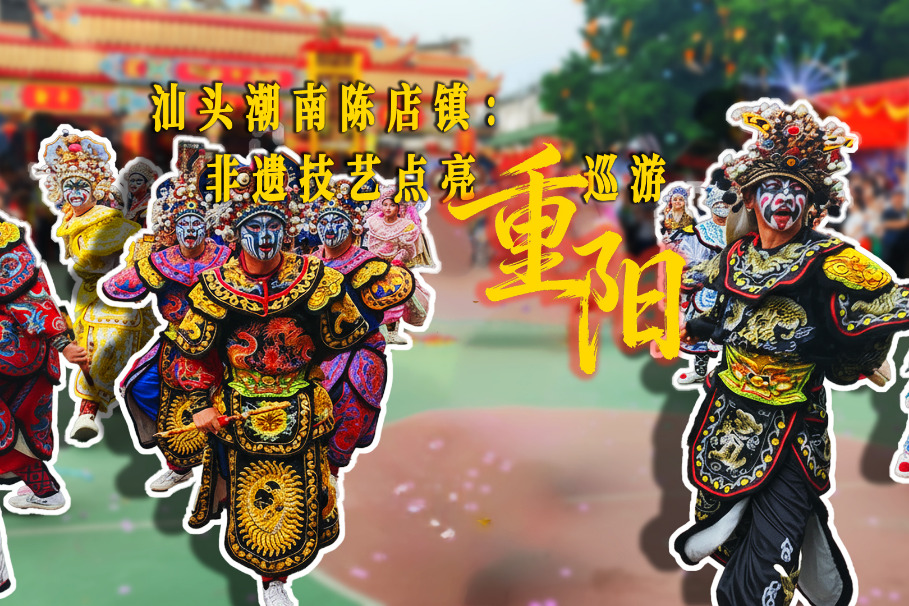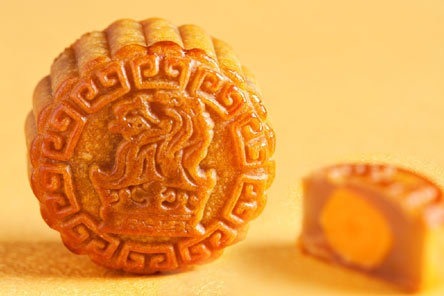When war shaped the canvas
Museum in Zhejiang honors artist couple whose paintings center on China's revolutionary history, Deng Zhangyu reports.

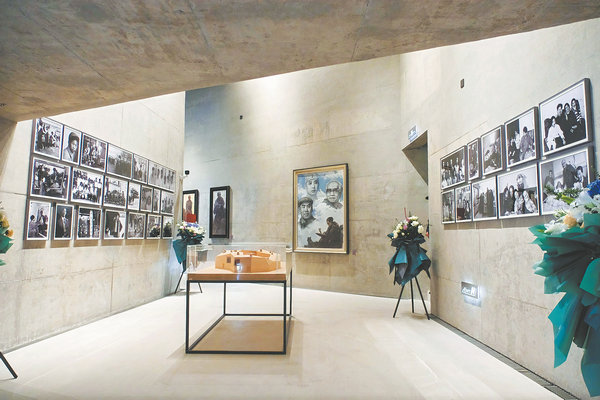
In the Xiao Feng Art Museum in Hangzhou, Zhejiang province, two of late artist Xiao Feng's favorite sayings are etched into the walls: "Life and tradition nurture art", and "Art is by the people, for the people".These words distill the essence of his eight-decade journey in art, a path defined by conviction, resilience, and devotion to his country.
Xiao, a renowned Chinese painter who passed away in July at 93, left behind more than memories. In April, when the museum opened its doors to the public, he donated 503 works created by himself and his wife, fellow artist Song Ren, who died earlier this year in March.
"This museum was my father's final wish," says his daughter Xiao Ge, now the museum's deputy director. "He believed that art comes from the people, and should be returned to his country and the people."
Her words echo the couple's life story. "My parents emerged from the smoke of gunpowder, having lived through the wars of the last century. They used painting to document the changes of the era," she says.
Born in the turbulent 1930s, both Xiao Feng and Song came of age amid revolution and war. At just 11 years old, Xiao Feng joined the Xin'an Touring Troupe, a teenage art group led by the Communist Party of China in the Chinese People's War of Resistance Against Japanese Aggression (1931-45). Song grew up in revolutionary bases, sketching war-themed paintings as a child. These early experiences instilled in them an unshakable resilience and deep patriotism, qualities that was later infused in their art.
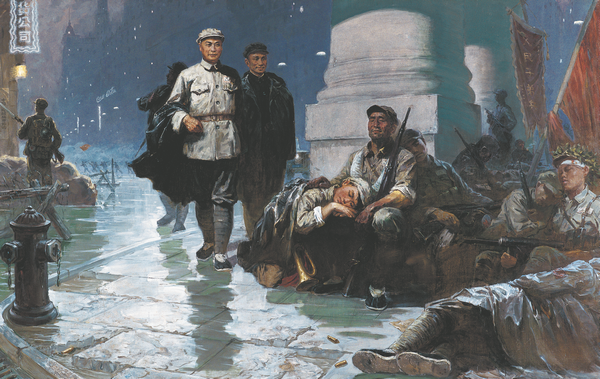
Much of their work centered on China's revolutionary history, a genre that dominated the country's art scene during the 1950s. One of their best-known pieces, The Dawn, captures the historic night in 1949 when the People's Liberation Army marched into Shanghai.
Rendered in layers of gray, the canvas depicts soldiers resting in the streets under neon lights, careful not to disturb residents. Walking among them are commanders Chen Yi and Su Yu, gazing at their exhausted troops with pride.
At the center sits a veteran leaning against a statue, a young recruit's head resting on his knee. That teenager is widely regarded as a self-portrait of Xiao Feng.
In Xiao Feng's representative works, Chen Yi, the commander of the New Fourth Army to which he belonged, often served as the "main character" in his paintings. He painted scenes of Chen leading the New Fourth Army to survey the Yangtze River crossing in 1938 and standing amid the reeds contemplating tactical actions.
These portraits were not mere images but reflections of the loyalty and admiration Xiao Feng felt for his commander.


